Most of us put everyday products in our grocery cart without thinking about the ingredients in them. But, many of these items, such as cleaning and beauty products, contain hidden dangers. Here are 18 everyday products that may pose health risks:
Non-Stick Cookware

Non-stick cookware, such as pans coated with Teflon, is convenient for cooking. However, when overheated, these pans can release toxic fumes from the perfluorooctanoic acid (PFOA) used in the coating. The “Teflon flu” is a term for flu-like symptoms that can be brought on by exposure to these fumes. It has been connected to more serious health problems like thyroid illness and cancer.
Air Fresheners
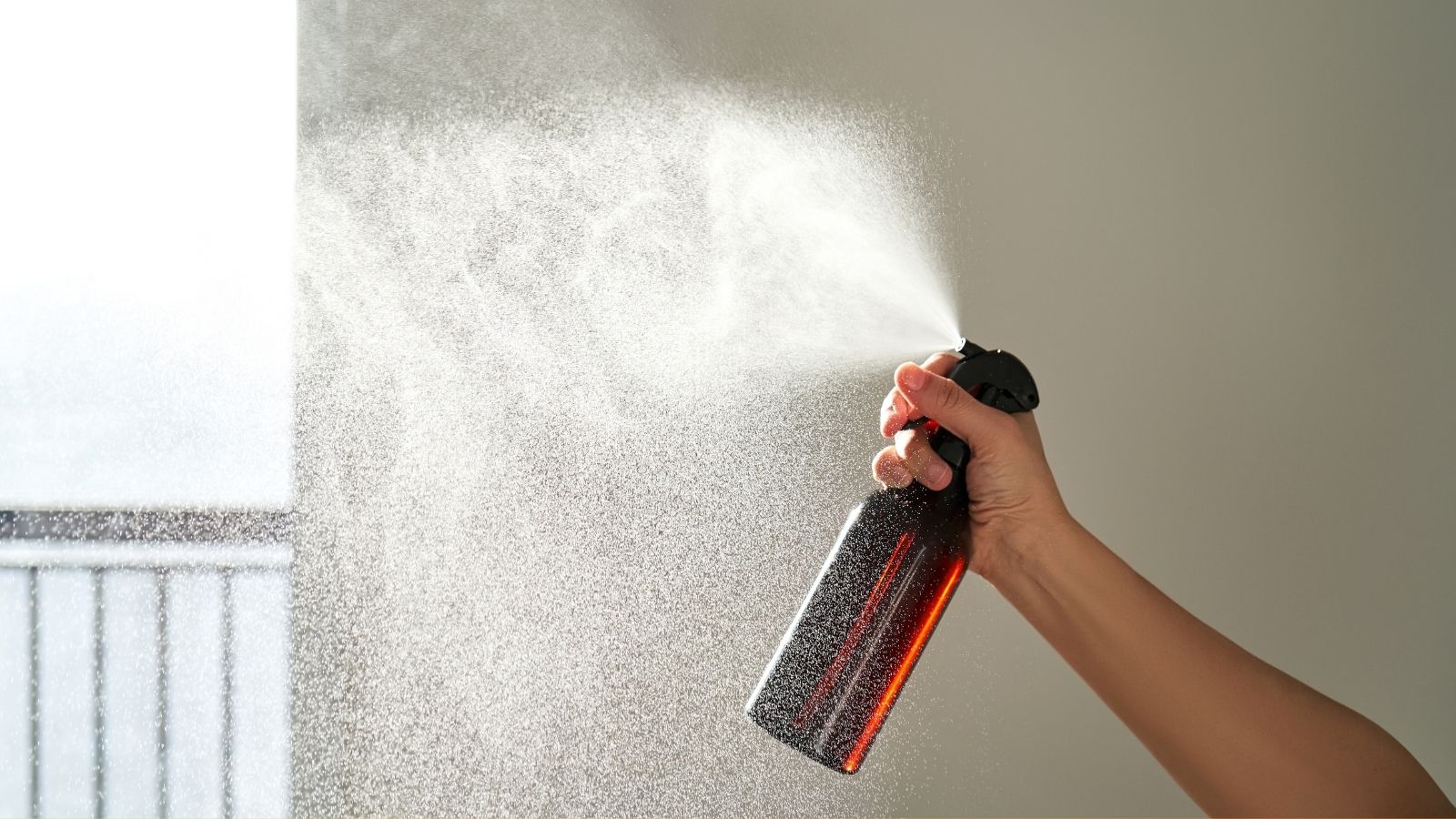
Air fresheners are popular for masking unpleasant odors, but many contain harmful chemicals like phthalates and volatile organic compounds (VOCs). These substances can contribute to respiratory issues, hormone disruption and even developmental problems in children. Opt for natural alternatives like essential oils or homemade air fresheners.
Plastic Food Containers
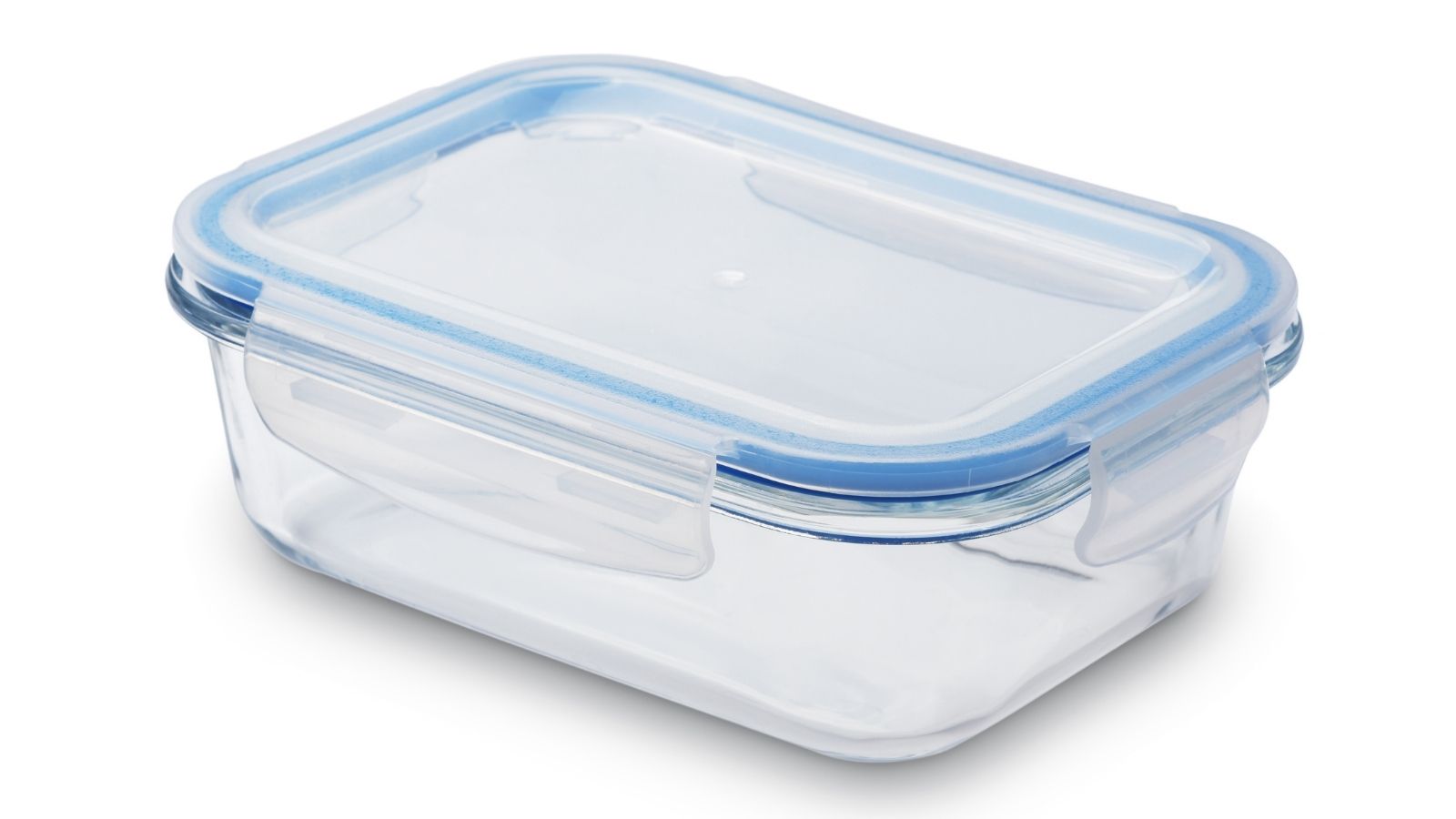
Plastic food containers, especially those made from polycarbonate, often contain bisphenol A (BPA), a chemical that can leach into food and drinks. Numerous health problems, including as hormone imbalances, obesity and an increased risk of developing certain cancers, have been linked to BPA exposure. Consider using glass or BPA-free containers instead.
Cleaning Products
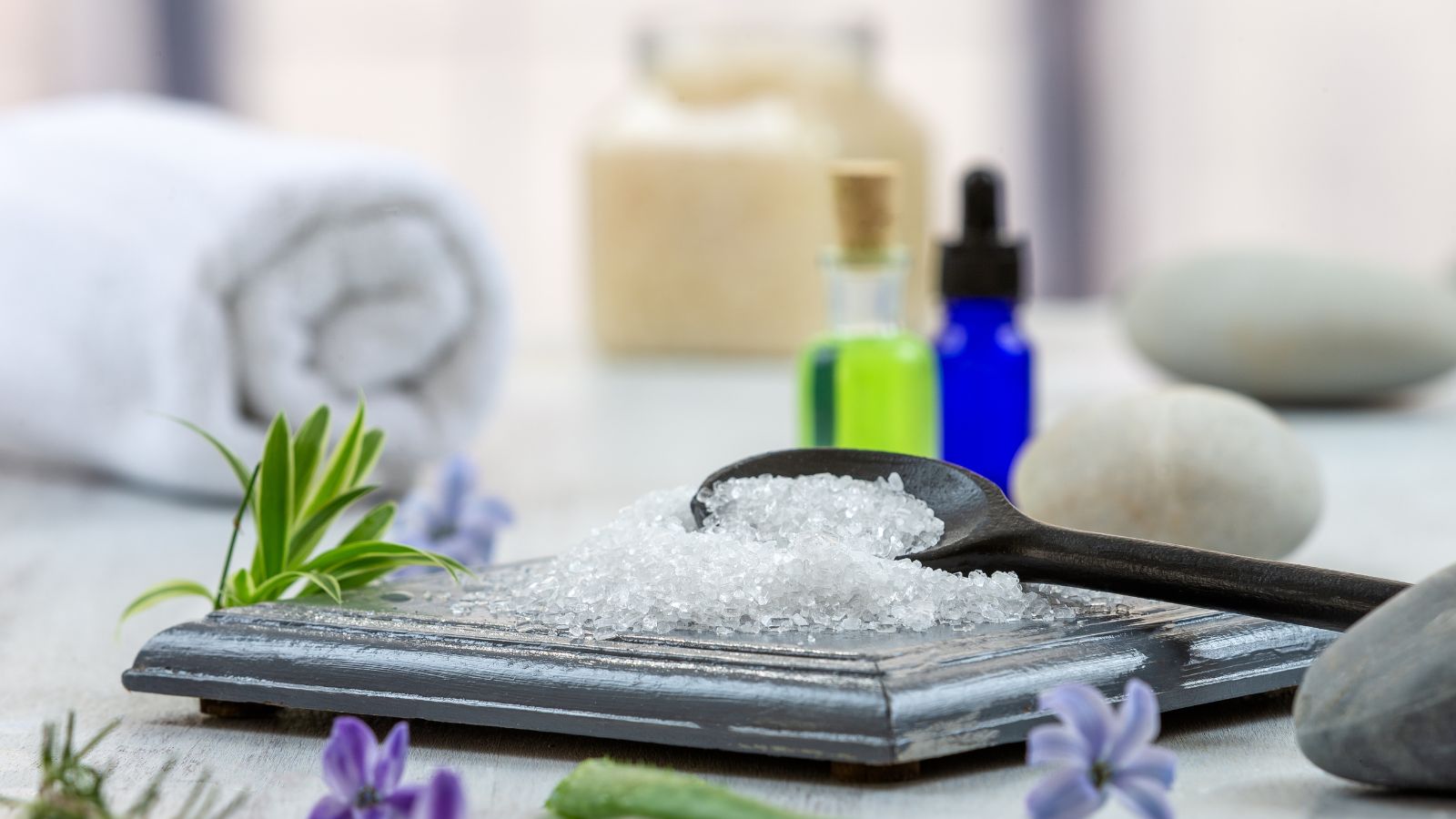
Many household cleaning products contain harsh chemicals like ammonia, chlorine, and formaldehyde. These compounds have been connected to long-term health impacts like cancer and asthma, as well as irritation of the skin, eyes and respiratory system. To keep your health safe, look for non-toxic, environmentally friendly cleaning options.
Personal Care Products

Personal care products, including shampoos, soaps and lotions, often contain parabens and sulfates. Preservatives called parabens have been related to breast cancer because they mimic estrogen, and sulfates can irritate and dry up the skin.
Flame Retardant Fabrics
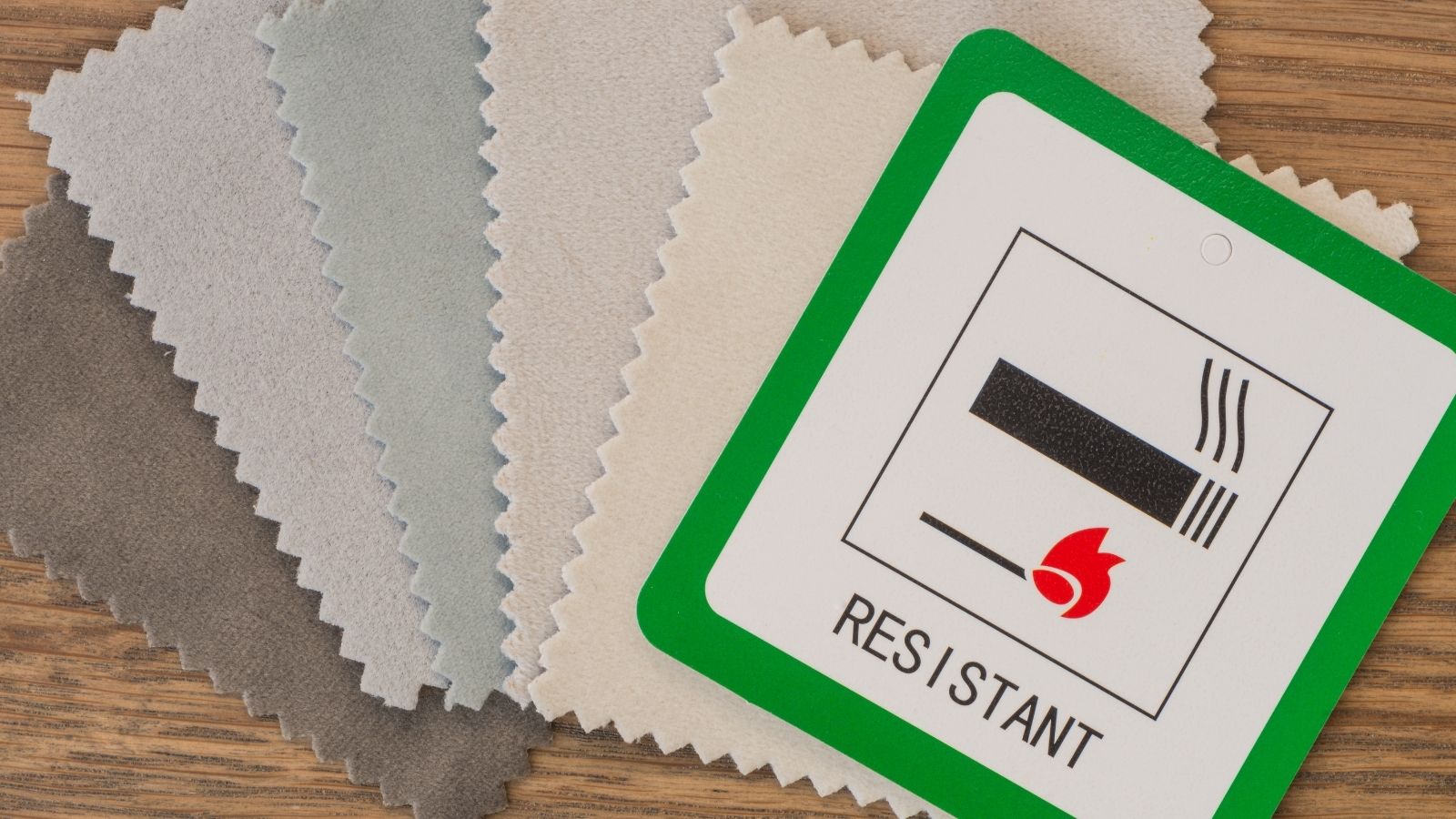
Flame retardants are commonly found in furniture, mattresses and clothing. Despite being meant to put out fires, these chemicals have the potential to leak toxins into the atmosphere over time. Long-term exposure has been connected to cancer, hormone imbalance, and neurological problems. Instead, opt for products labeled as free of flame retardants when possible.
Antibacterial Soaps
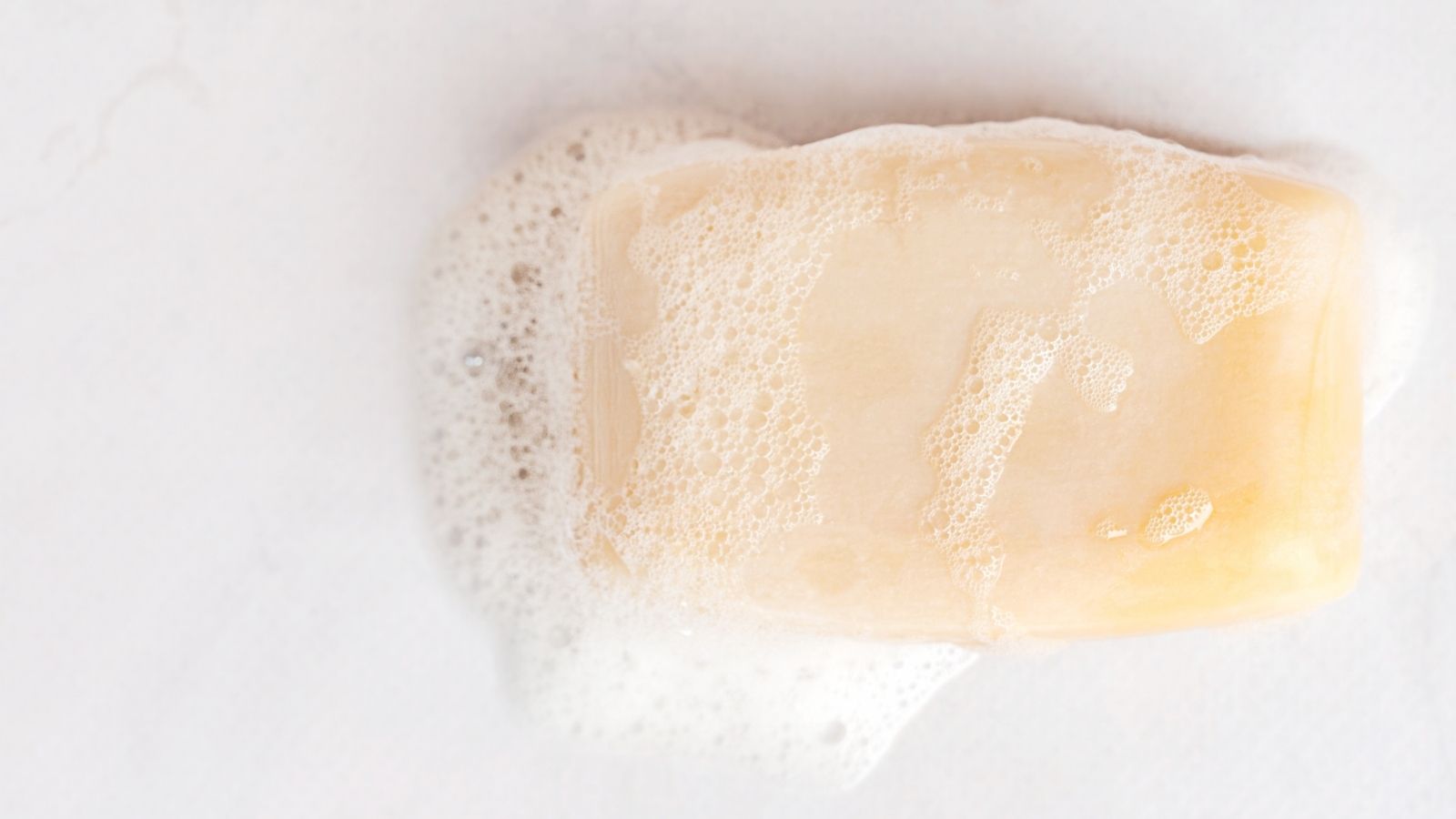
Instead of antibacterial soap it turns out, plain old soap and water are just as good at killing germs without the added risk of contributing to antibiotic resistance. Triclosan, that chemical you find in some soaps, has been linked to hormone disruption and might even help bacteria become superbugs. So, next time you wash your hands, stick to the basics – good old-fashioned soap and water.
Dry-Cleaned Clothes

Dry cleaning often uses a solvent called perchloroethylene (PERC), which can remain on clothes and release into the air. The chemical PERC, commonly used in the process, is linked to some pretty nasty stuff, like headaches, dizziness, and even cancer. It’s time to ditch the risky dry cleaners and find ones that use safer, eco-friendly methods.
Processed Foods

Processed foods are convenient but often contain high levels of sodium, sugar and unhealthy fats. Additionally, these foods could contain artificial colors, flavors and preservatives that have been connected to a number of health issues, including as diabetes, heart disease, and obesity. Eating fresh, whole foods is a healthier choice.
Microwave Popcorn

Microwave popcorn bags are often lined with perfluorinated compounds (PFCs) to prevent grease from soaking through. These substances can decompose into perfluorooctanoic acid (PFOA), which has been connected to cancer and other major health problems, when heated. Opting for air-popped or stovetop popcorn as a safer alternative when you next have a movie night.
Scented Candles

Scented candles made from paraffin wax release potentially harmful chemicals like benzene and toluene when burned. These compounds have been connected to cancer and can cause respiratory issues. Using candles made from soy or beeswax with natural scents can reduce these risks.
Mothballs
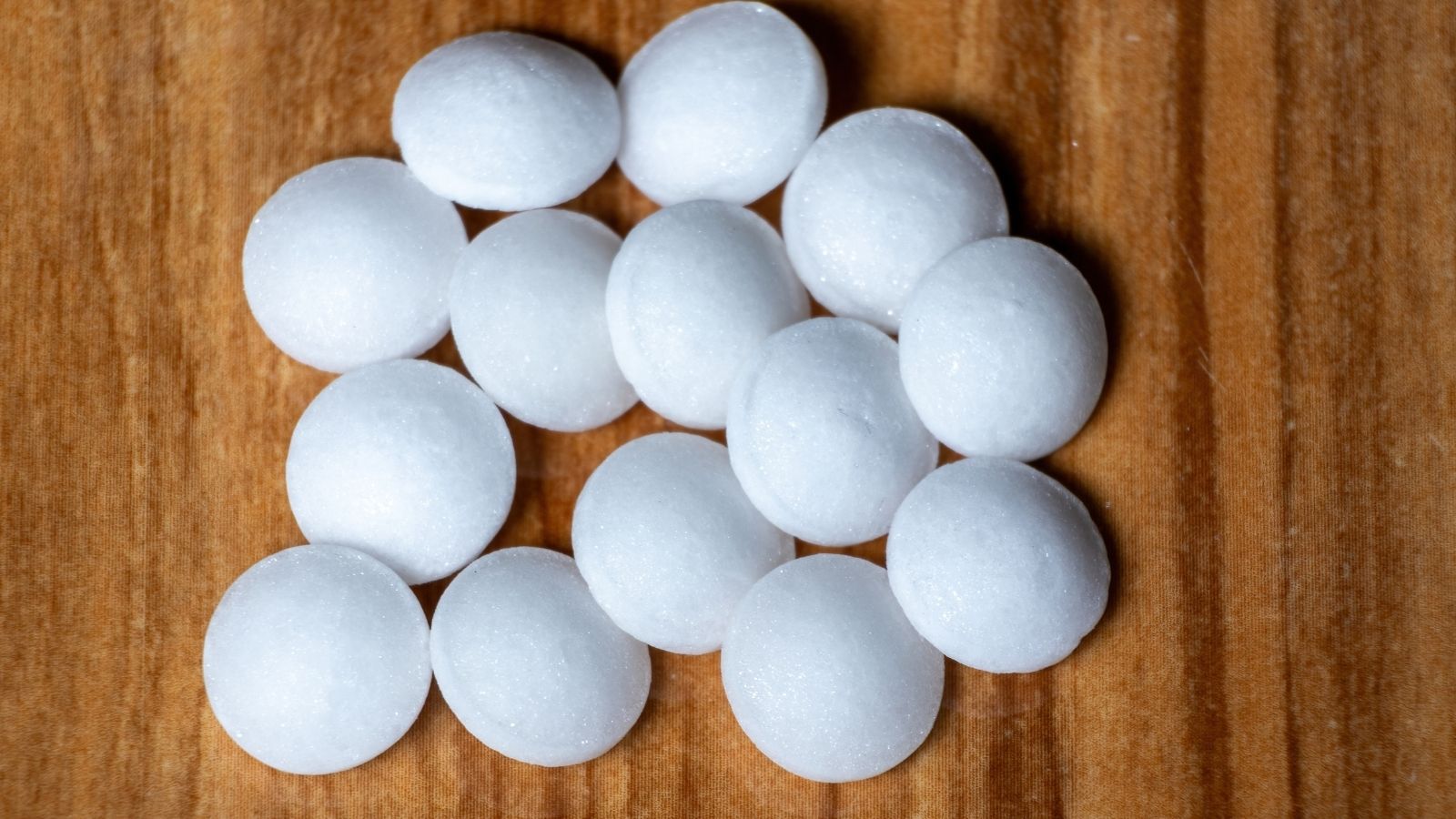
Mothballs contain naphthalene or paradichlorobenzene, chemicals that can cause dizziness, respiratory irritation and even cancer with long-term exposure. They release toxic fumes that can linger in your home. Cedar chips or lavender sachets are natural alternatives for keeping moths at bay without the risks.
Canned Foods

Many canned foods are lined with BPA, which can leach into the food. As was previously established, BPA has been connected to a number of health problems, including damage to the reproductive system and a higher risk of cancer.Choosing fresh or frozen foods, or opting for BPA-free cans, can help minimize this exposure.
Shower Curtains

Vinyl shower curtains often contain phthalates, which can release into the air and be inhaled. Phthalates are recognized as endocrine disruptors and have been connected to children’s developmental problems. Instead, think about using shower curtains made of fabric or PEVA, a safer substitute for plastic.
Artificial Sweeteners

Artificial sweeteners like aspartame and saccharin are widely used as sugar substitutes. Natural sweeteners like stevia or honey may be healthier alternatives.
Sunscreens

Certain sunscreens contain oxybenzone, a chemical that can penetrate the skin and cause hormone disruption. It has also been connected to harm to coral reefs. Seek the sunscreens that don’t have any negative side effects and offer broad-spectrum protection by using physical blockers like titanium dioxide or zinc oxide.
Furniture Polish

Furniture polish can contain a mix of chemicals, including phenol and nitrobenzene, which are toxic when inhaled or absorbed through the skin. Prolonged contact to these substances can result in breathing problems, skin irritation and even harm to organs. Using natural wood polish alternatives like olive oil and lemon juice can be a safer option.
Insect Repellents

Insect repellents containing DEET are effective but can be harmful if overused. DEET has been linked to skin irritation, neurological issues and, in extreme cases, seizures. Consider using natural repellents with ingredients like citronella, eucalyptus, or lemon oil, which can be effective without the risks associated with DEET.
5 Canadian Provinces Predicted to Thrive in the Next Economic Boom
 To thrive in an economic boom, a region needs good infrastructure, talented people, government policies that support growth and uplift the economy, and a culture of entrepreneurship. Often, the demography can also be a significant indicator of a region’s economy in the next few years. Although reports may vary on which regions will perform the best economically, certain regions come up on every list. Here are 5 Canadian provinces predicted to thrive in the next economic boom:
To thrive in an economic boom, a region needs good infrastructure, talented people, government policies that support growth and uplift the economy, and a culture of entrepreneurship. Often, the demography can also be a significant indicator of a region’s economy in the next few years. Although reports may vary on which regions will perform the best economically, certain regions come up on every list. Here are 5 Canadian provinces predicted to thrive in the next economic boom:
5 Canadian Provinces Predicted to Thrive in the Next Economic Boom
